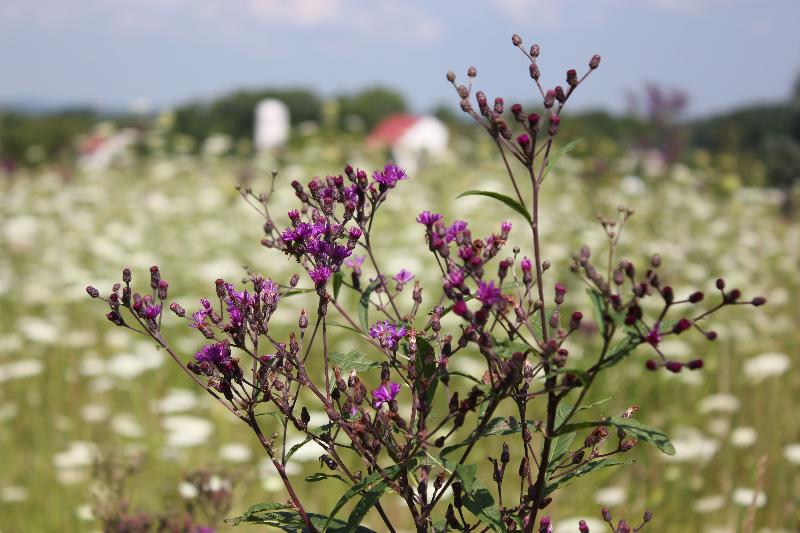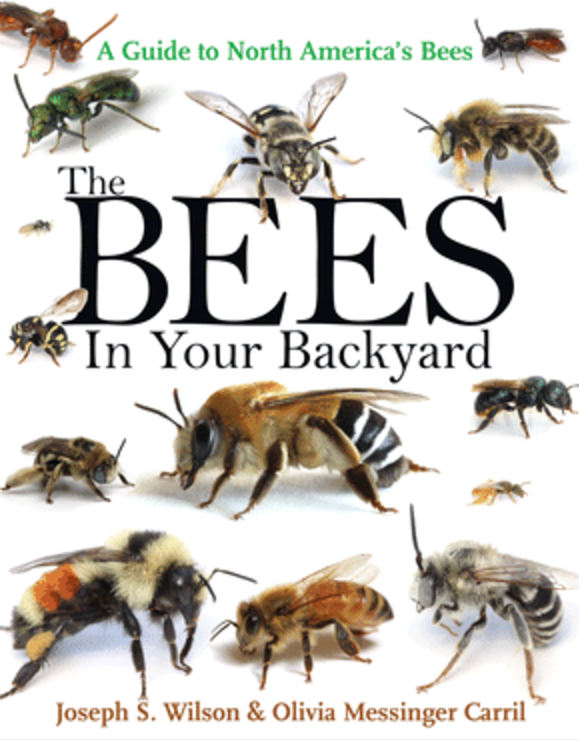The Goodell lab is looking for volunteer naturalists who are able to identify bumble bees to species to help collect data on nest-hunting and foraging queen bumble bees this spring (April – June). This is part of a 2017-2018 statewide Ohio bumble bee survey that is being conducted by Karen Goodell’s lab at Ohio State and Randy Mitchell’s lab at the U of Akron, and is funded by the Ohio Department of Transportation. The primary goal is to determine the current distribution of the endangered rusty-patched bumble bee and the yellow-banded bumble bee, a species of concern. Secondarily, this survey will provide the opportunity to learn more about the distribution and habitat use of common species as well.
Volunteers will collect data and report on:
(1) information on nest-hunting bumble bee queens
(2) timed 15-min observations of patches of flowers where queens forage
Find details and data collection forms here.
Contact Jessie Lanterman, OSU post-doctoral bee researcher, with questions or for more information at OSUBeeResearch@gmail.com .


 How can land owners and growers utilize and protect pollinators including honey bees, mason bees, bumble bees and others? This day-long workshop will explore strategies to provide pollination services, protect pollinators from pesticides, and create habitat on farms.
How can land owners and growers utilize and protect pollinators including honey bees, mason bees, bumble bees and others? This day-long workshop will explore strategies to provide pollination services, protect pollinators from pesticides, and create habitat on farms.


 Wednesday, August 2:
Wednesday, August 2: 

